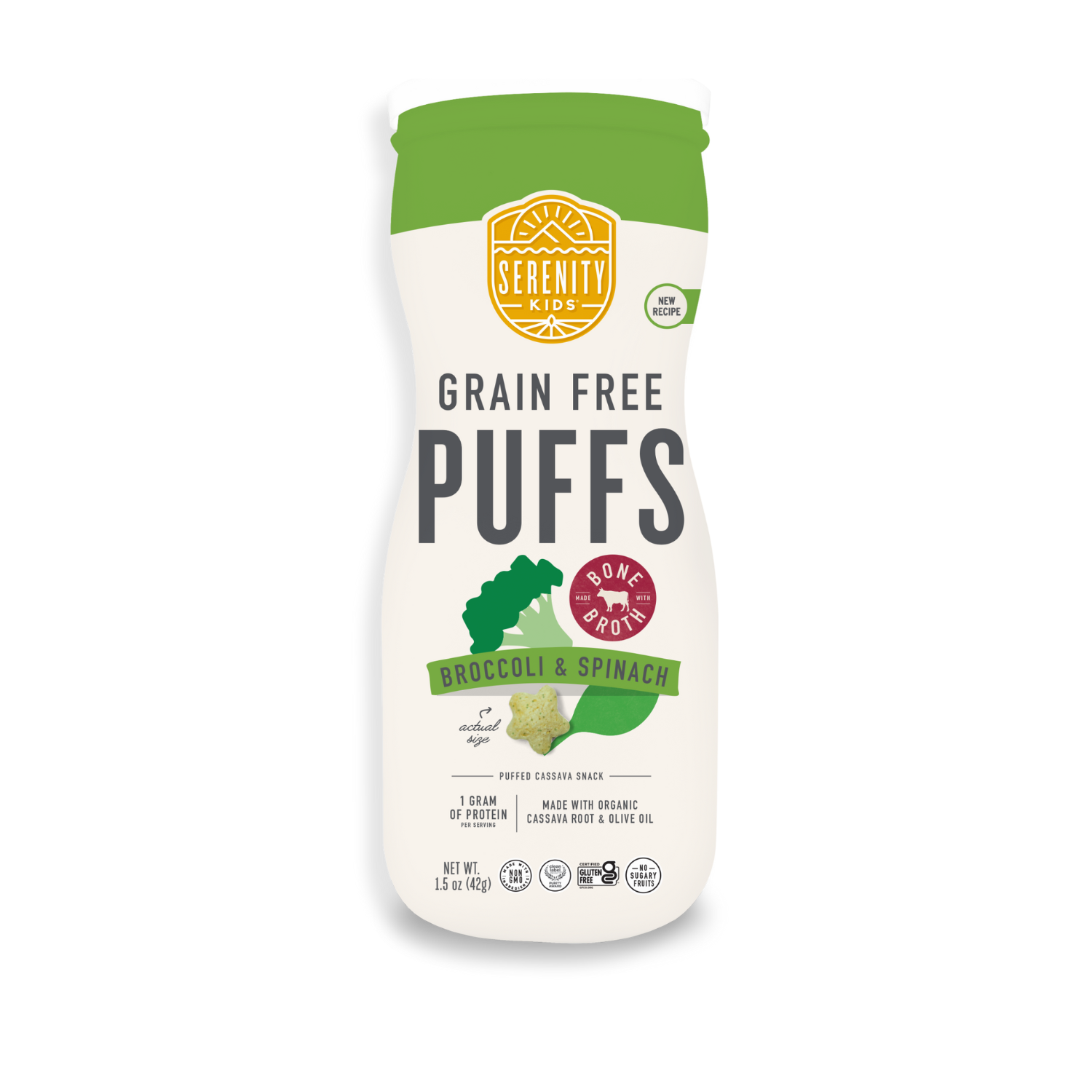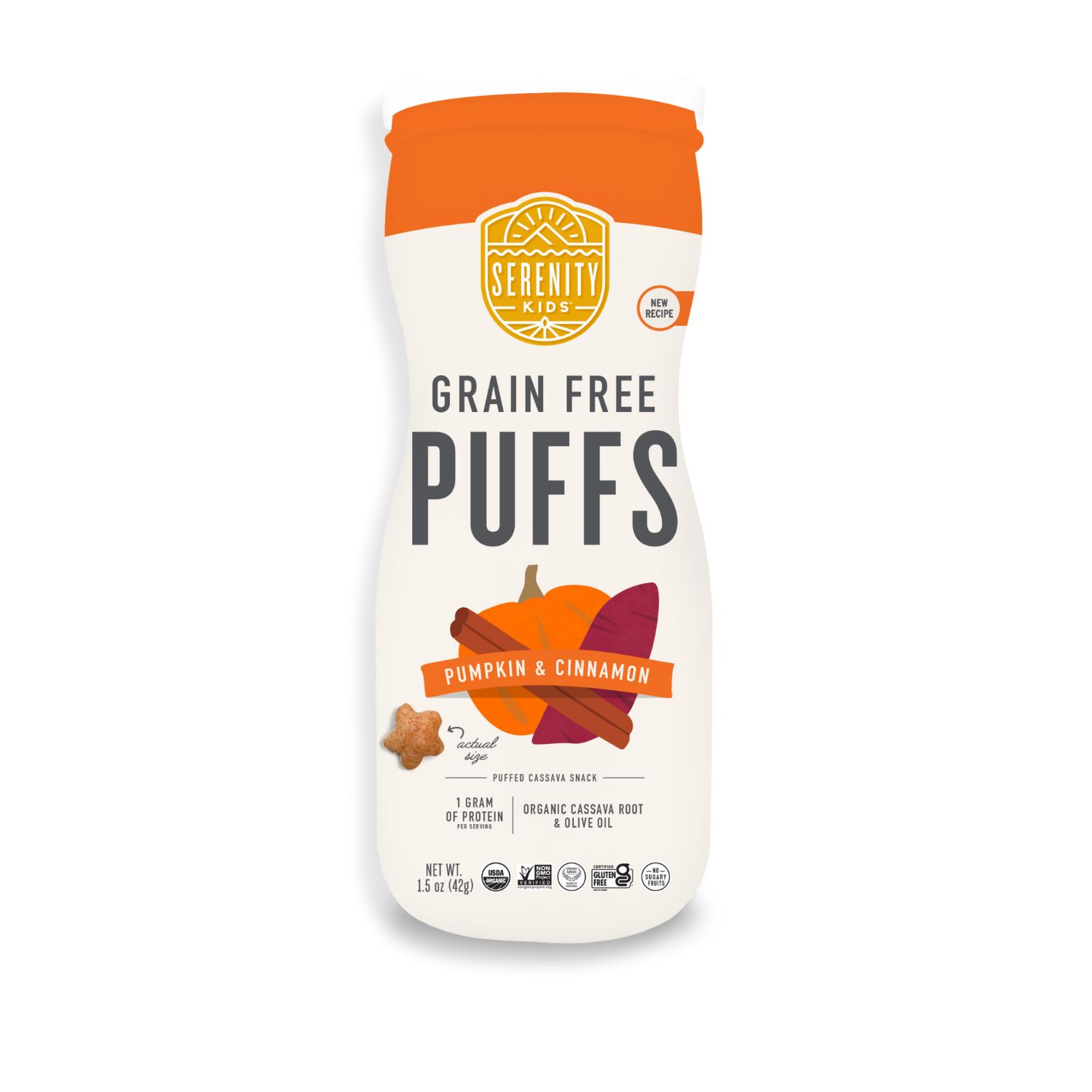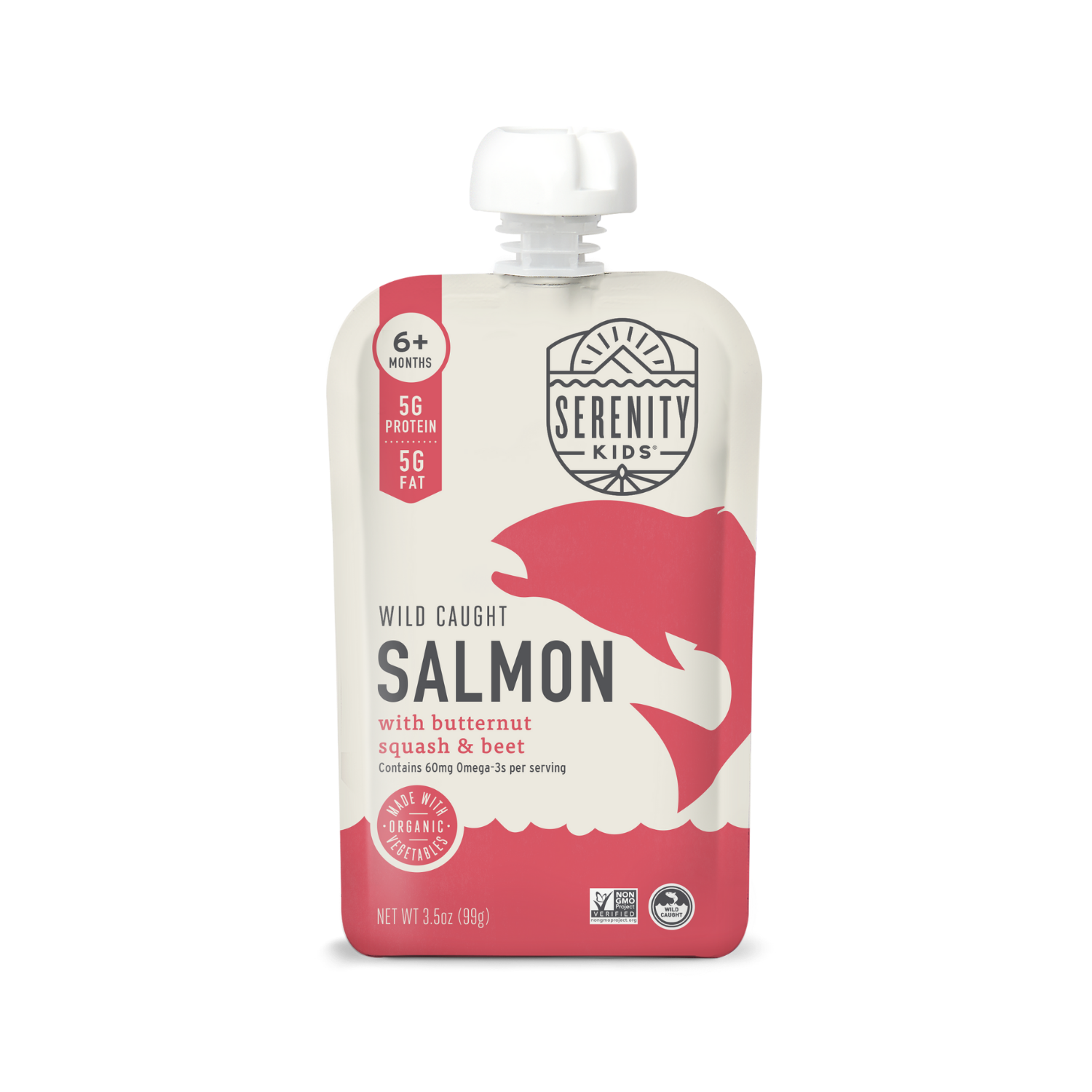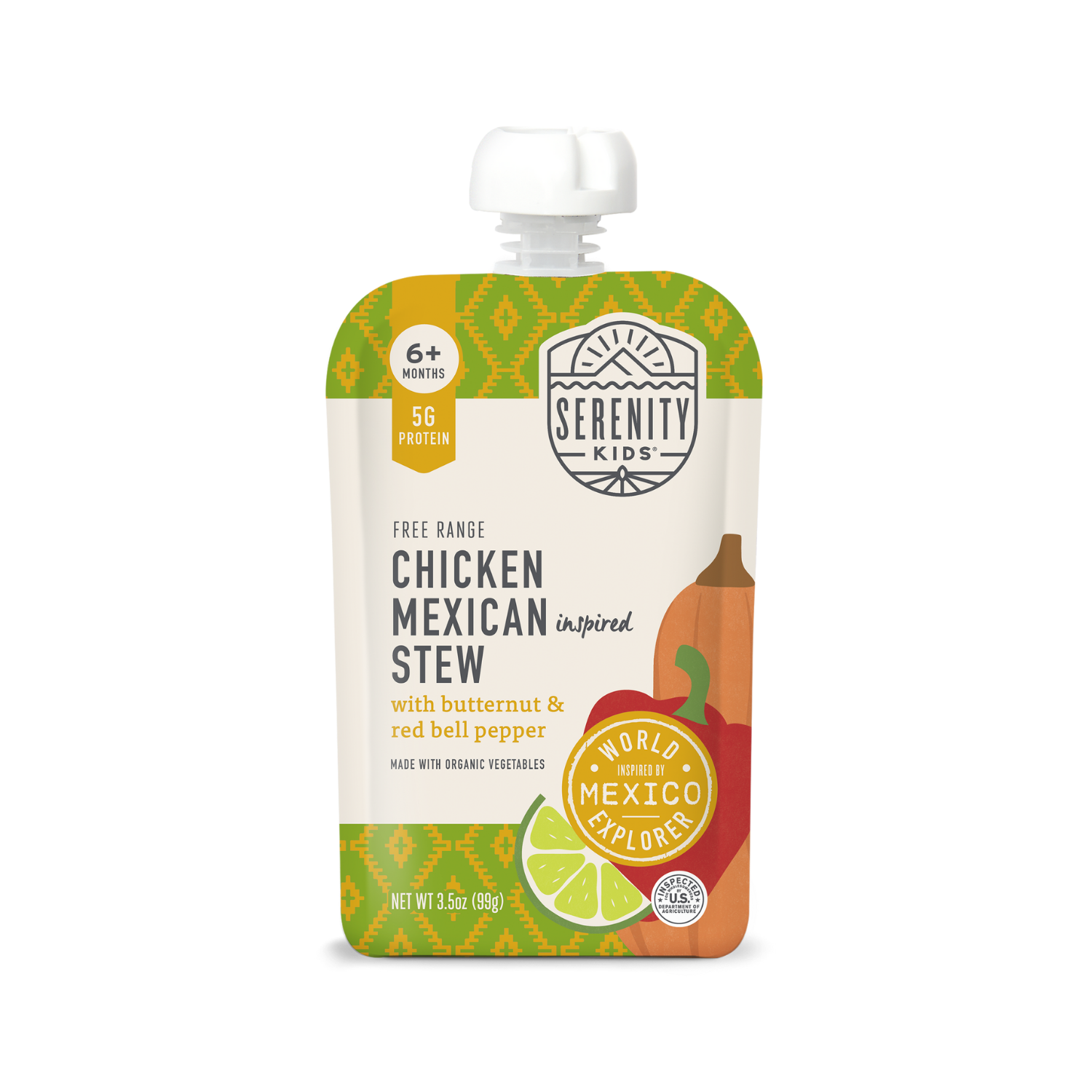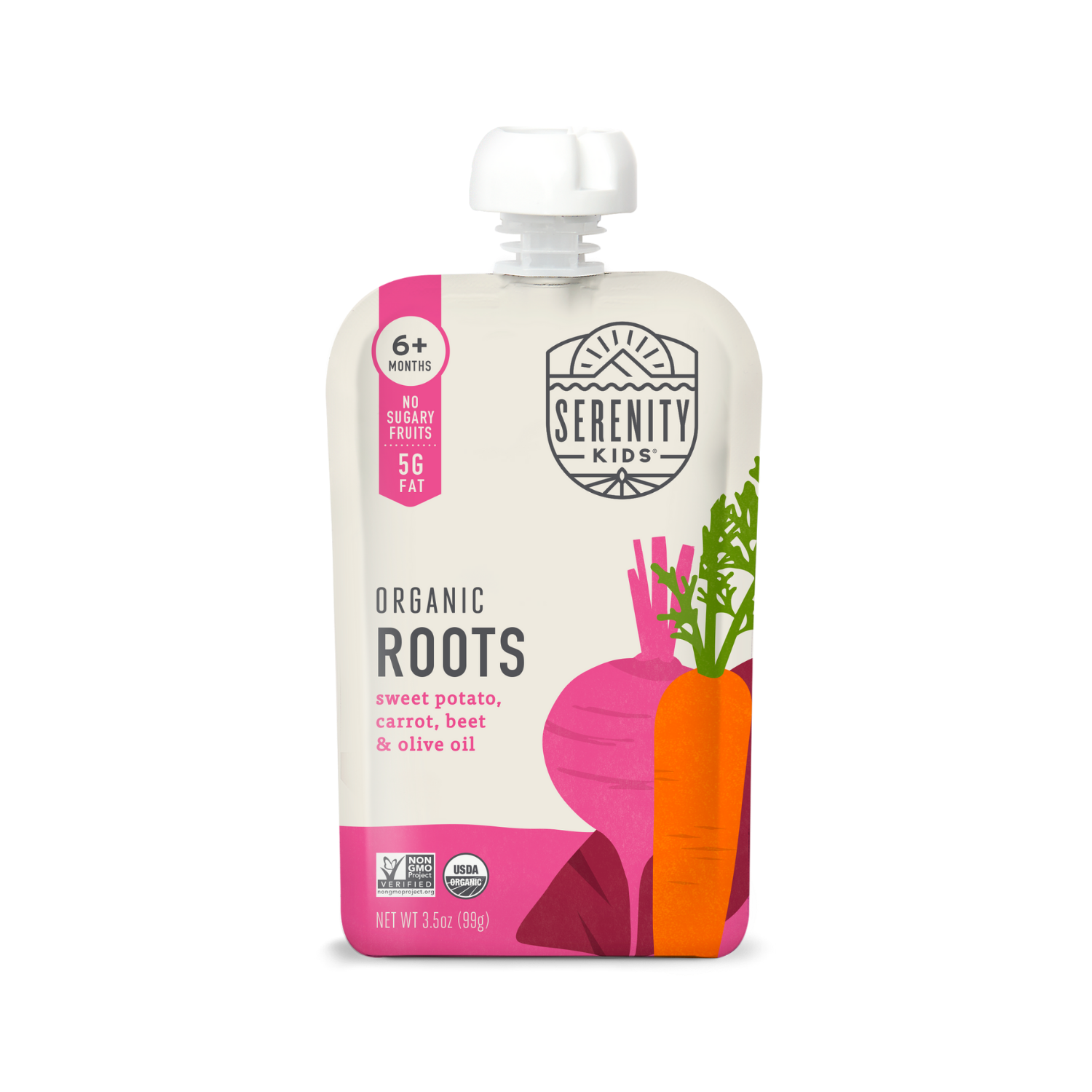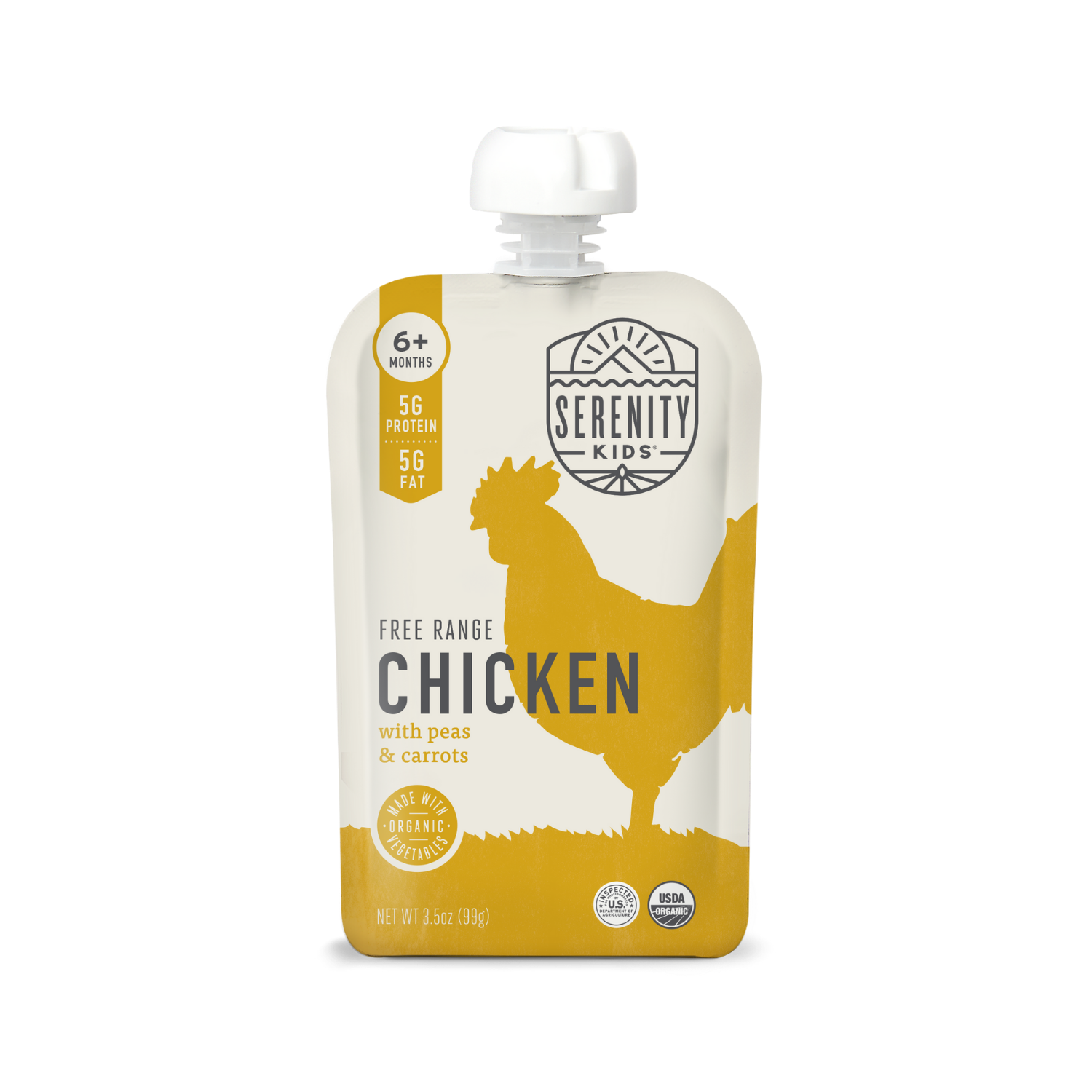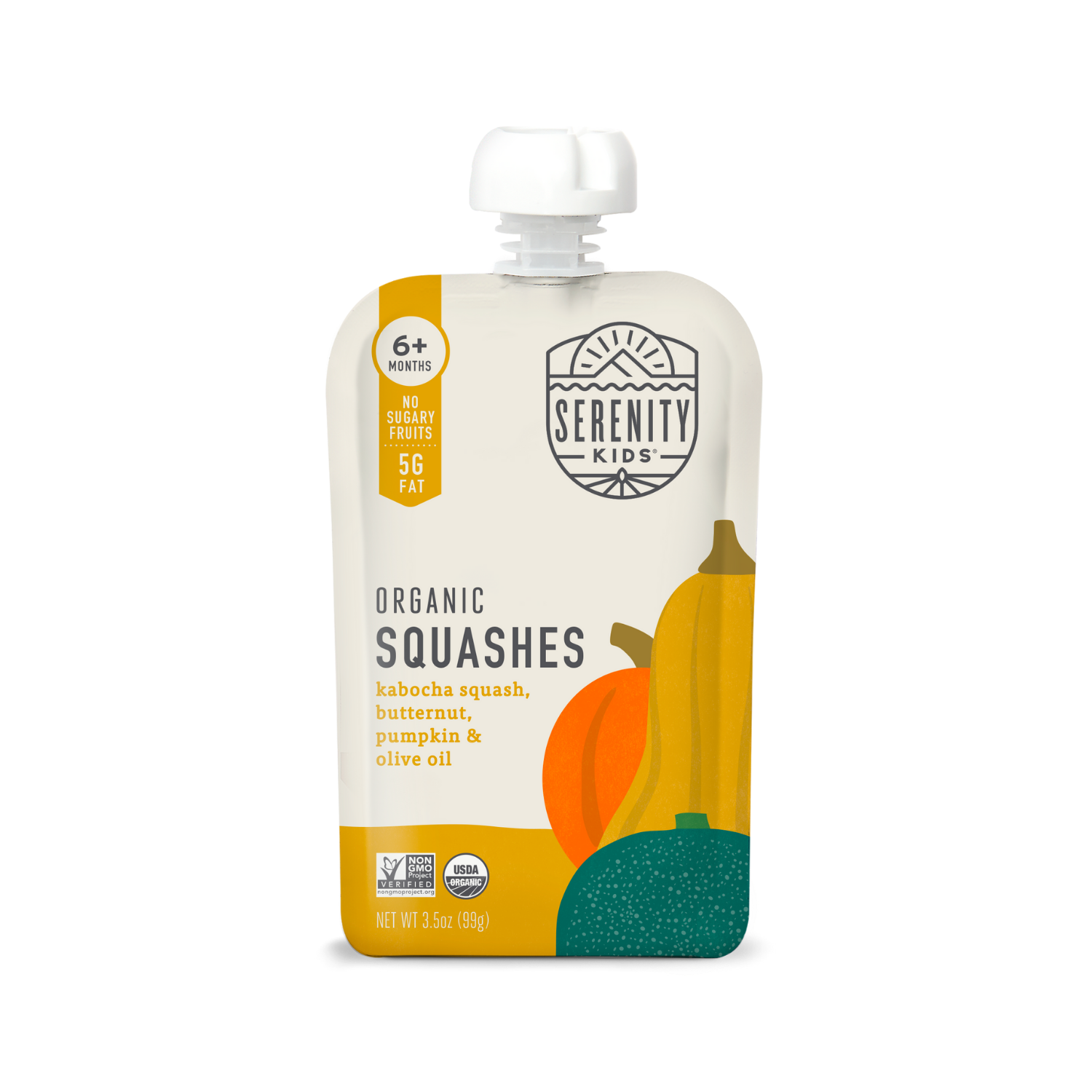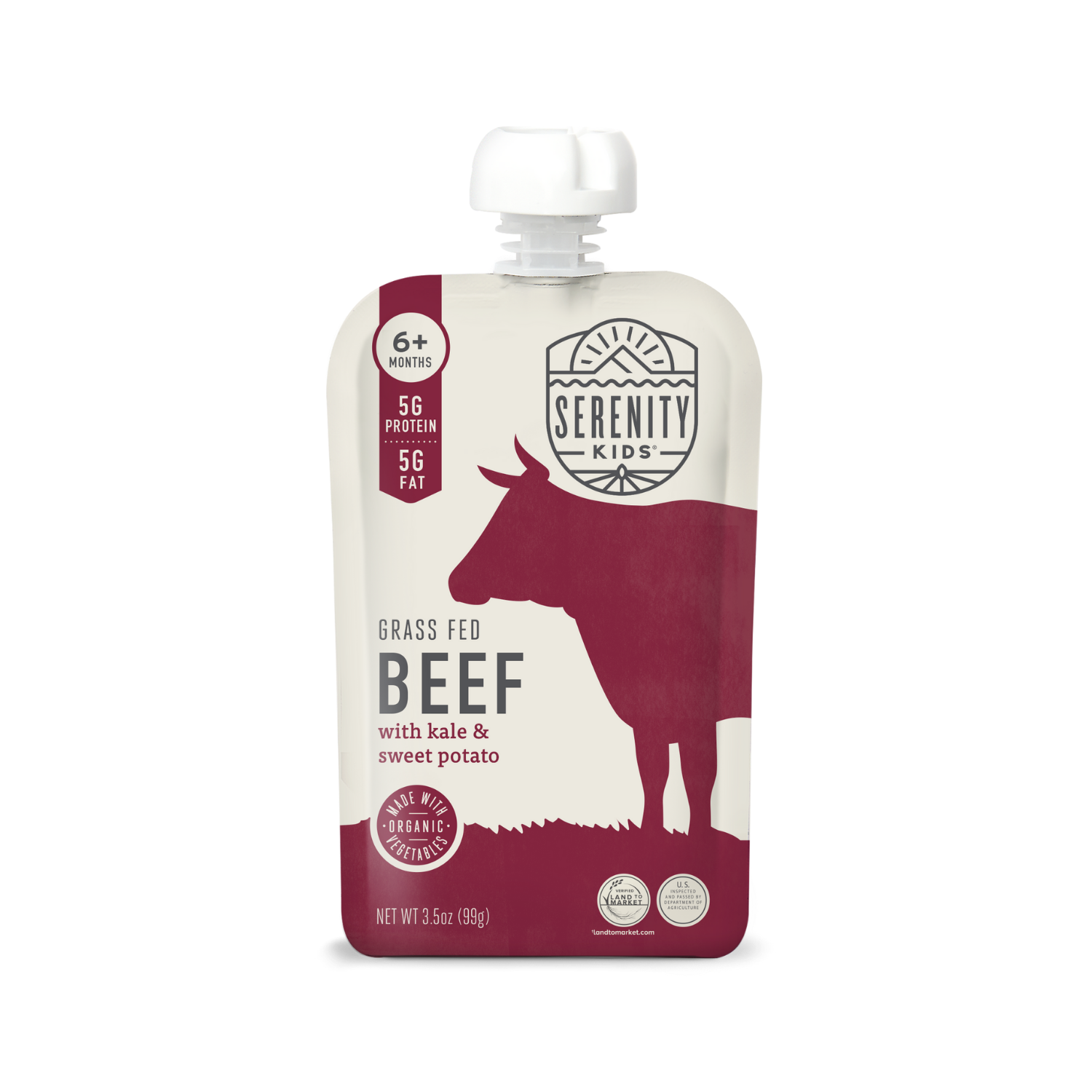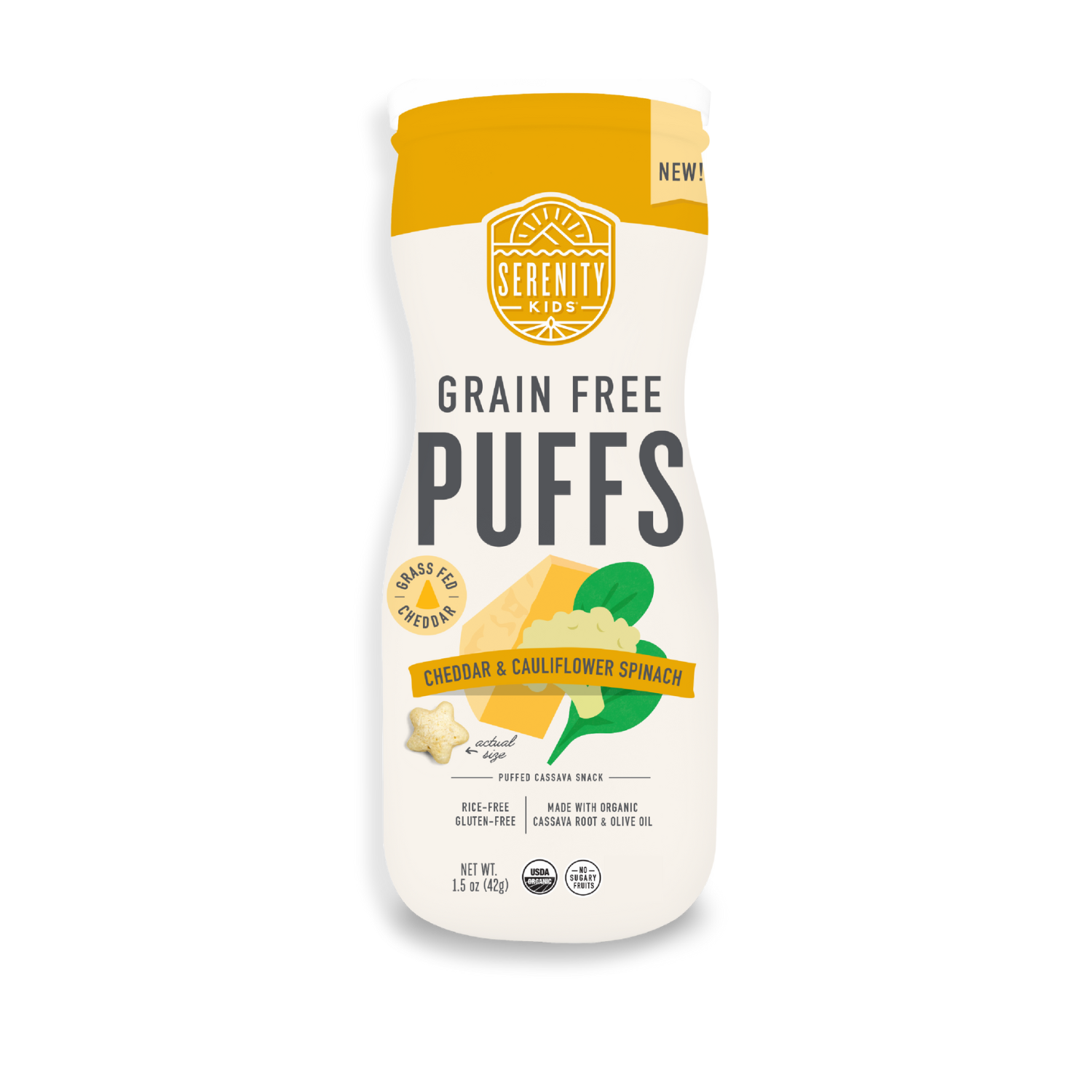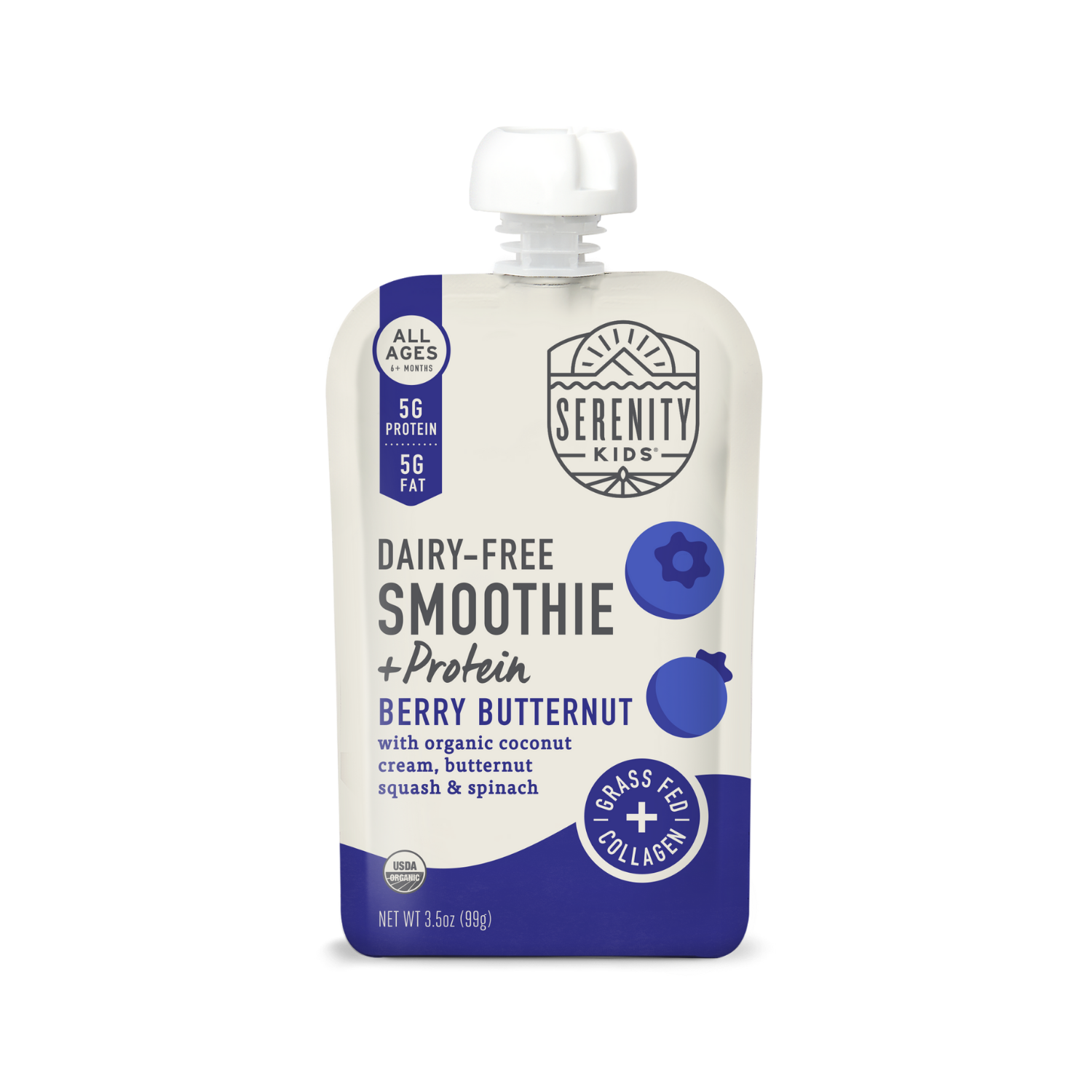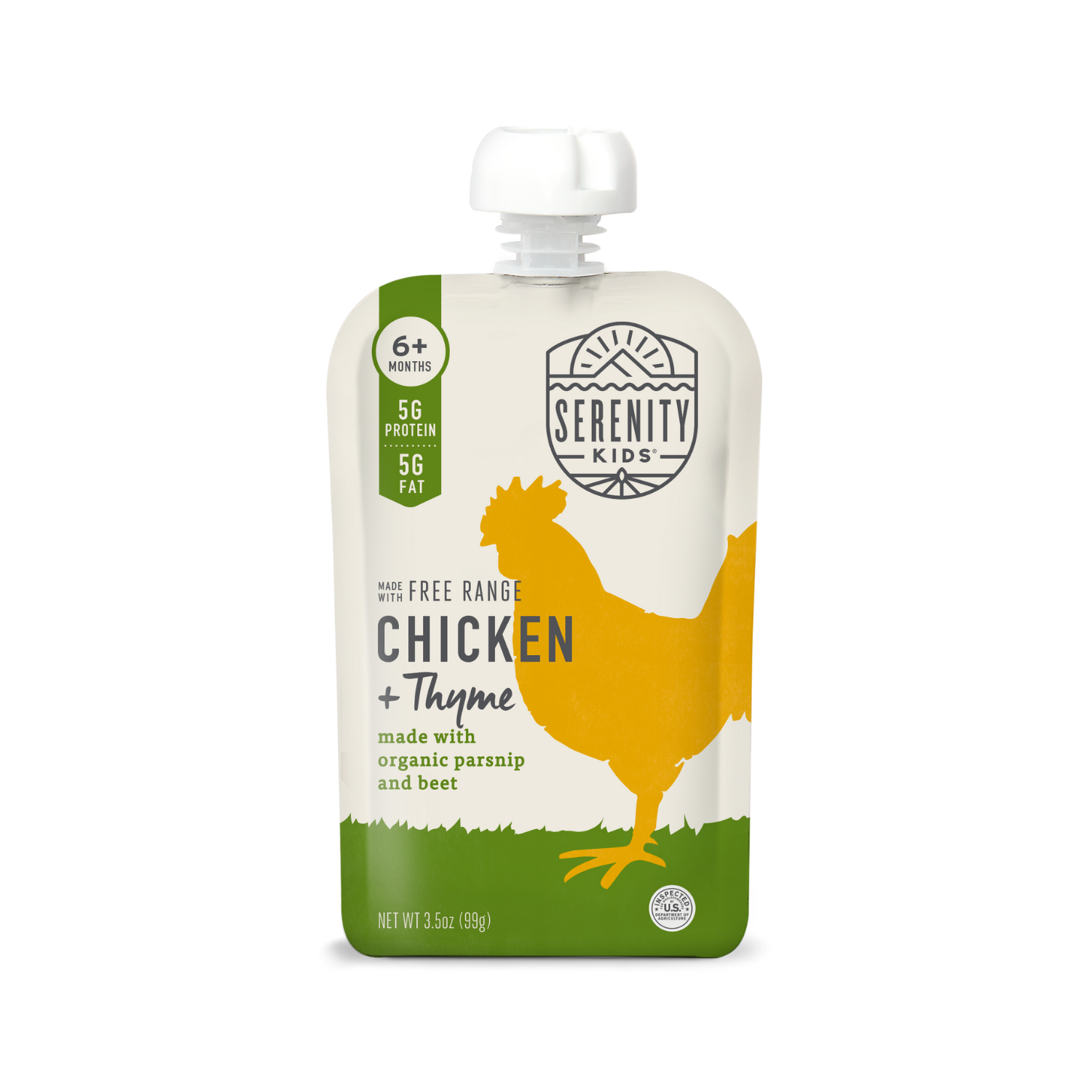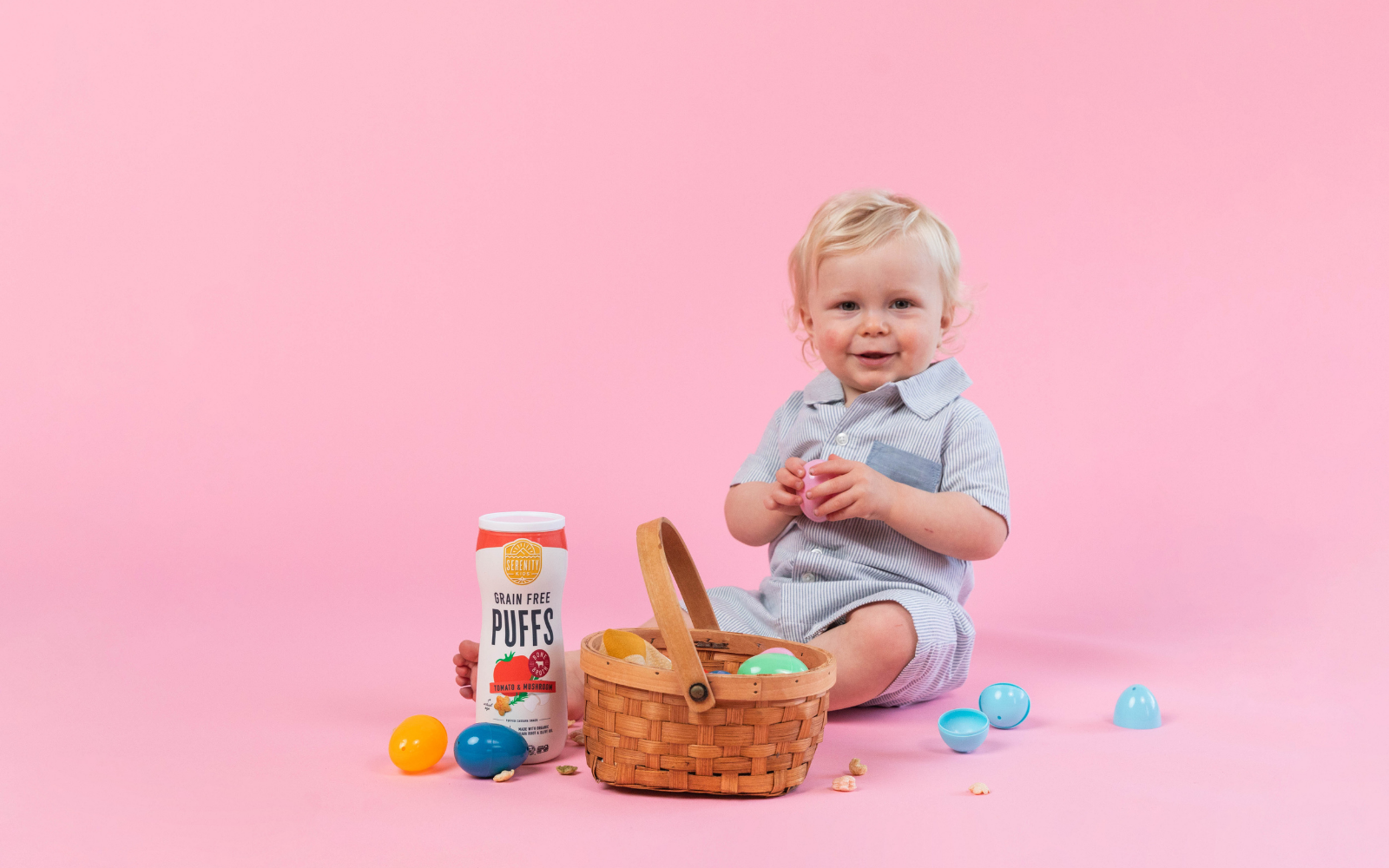Presented by EmBeba x Serenity Kids
When it comes time to start introducing solids, most parents feel some combination of excited and nervous. It’s exciting to think about exposing your little one to new flavors and textures, but the possibility of adverse reactions from food allergies or choking can be intimidating. Here are a few dos and don’ts to help guide the process and make your experience and enjoyable one.
And remember, before you start, keep an eye out for signs of readiness. Every baby develops at a different pace, so don’t worry about age so much as using your instinct to observe your little one. Baby might be ready for you to start introducing solids when he or she:
- Can sit upright well without support
- Has lost the tongue-thrust reflex (doesn’t automatically push solids out of the mouth with the tongue)
- Has good head control (does not bob or nod when unsupported)
- Is willing and able to chew (even if he or she does not yet have teeth)
- Is developing a pincer grasp (picks up food or other objects between thumb and forefinger)
- Is interested in food and is eager to participate in mealtime (may watch you closely as you eat, lean into food, or try to grab food off of your plate)
DO
- Start with foods that are mashed or large enough to hold
- Test the texture of a food by trying it yourself. Push it with your tongue to the roof of your mouth. If you struggle to mash it enough to swallow, baby will too.
- Offer foods that are at least as long as your baby’s first or the size of your pinky finger
- Cooked strips of meat are ideal to start with as they can be easily held by little hands and contain highly-absorbable forms of iron and zinc
- Cut small round foods in half, or break them up a bit yourself first by crushing them before giving them to baby
- Support the development of baby’s pincer grasp beginning around 8 months by offering smaller pieces of cut up food.
- Be smart about allergen introduction
- Know the top allergens (cow's milk, eggs, peanuts, tree nuts, fish, shellfish, soy, wheat) and introduce them one at a time, at a time when baby will be awake for at least an hour or two afterward so that you can watch for any reaction
- Be familiar with common allergic reactions (rash, hives, vomiting, diarrhea, difficulty breathing, wheezing, etc.) and how to respond if they happen
- Prioritize animal proteins that are dense in critical nutrients like beef, liver, and salmon.
- Let baby lead the way - offer foods, but allow them to set the pace while you keep an eye out for hunger and satiety cues.
- Offer positive feedback in the form of smiles and encouragement
- Be patient and have a sense of humor. It’ll get messy at times, it’s all part of the learning process!
DON’T
- Offer hard, circular, or coin-shaped pieces of food. These are choking hazards for baby as they don’t yet have the ability to break them up entirely before swallowing
- Offer honey, dairy or plant milk, or fruit juice to little ones under one year - stick with breast milk and formula (bone broth or water can be added for additional hydration, but should not replace breast milk or formula)
- Assume that just because most baby foods are centered around grains and sugar, they must be the best choice. Grains and sugar are devoid of many nutrients and can even influence taste preferences later in life.
- Let your baby eat while leaning back, moving, distracted, or otherwise not upright and attentive
- Get frustrated or panic if baby isn’t interested quite yet, just follow baby’s cues and keep trying
- Forget to take plenty of photos and videos, and enjoy the experience!





